Guide by: Audrey E.
Co-Founder | Agreeable & Co.
After seeing how well-received our post on ethical fashion was, we thought it would be helpful to create a guide about sustainable fashion. So, what is the difference? In short: ethical fashion implicates a humanitarian agenda, whereas sustainable fashion focuses more on an ecological one. Things that are good for the planet, however, are often good for the people – so many principles and practices do parallel.
In creating this guide our intention is to:
1) Broaden our collective understanding of how responsible fashion is both environmentally and socially significant
2) Provide a framework for how and why sustainable fashion brands act sustainably.
3) Discuss many of the common, sustainable textiles used in the fashion industry (e.g., organic cotton, faux leather, bamboo, etc.)
4) Make clear that we must reshape our understanding of eco-friendly design if we are to fully embrace conscious fashion.
A quick note: just like our ethical fashion guide, this guide will be organized in this 6-section format. As always, please feel free to share your thoughts and feelings in the comments section below! With your input, we can further shape our understanding of sustainable fashion as a community. We will continuously update this guide as the field of sustainable fashion changes.
need-to-know-sustainable-fashion-eco-friendly-clothing-sustainable-fashion-brands
Discover a guide with everything you need to know about sustainable fashion, the best eco friendly clothing & the top sustainable fashion brands. the top sustainable fashion brands. the top sustainable fashion brands. Discover a guide with everything you need to know about sustainable fashion, the best eco friendly clothing & the top sustainable fashion brands. the top sustainable fashion brands.
Everything You Need To Know About
Sustainable Fashion, Eco Friendly Clothing & Sustainable Fashion Brands
1. Documentaries & Documentary Short Films
If you read our last post on ethical fashion, you may recognize the documentary, “The True Cost”, which discusses the moral and ecological ramifications of the fast fashion houses that operate garment factories abroad. If you’d like a more in-depth review of that film, you can check out our guide to ethical fashion here. “The Next Black” is a relatively new documentary film that covers ethical and sustainable production in the fashion industry, but places an unique emphasis on the future of fashion. The film asserts that sustainability must be part of the fashion industry’s future if we desire to maintain the health of our planet, as it cannot endure out current level of production. The film also offers a detailed look at several of the new innovations at companies like Patagonia and Studio XO. “The Next Black” is also beautifully done. The other documentaries I’ve selected focus on sustainability with respect to textiles, regarding how natural fibers like organic cotton and wool are produced, as opposed to synthetics like polyester and nylon. Included here is also a documentary short film that explores Linea Aqua (a leading swimsuit manufacturing company) and enumerates all the ways their factory incorporates sustainable practices.
The True Cost (Netflix)
“The Next Black” – A Documentary Film that Explores the Future of Clothing & Chronicles the Journey of Innovative Companies with a Focus on Sustainability & the Prospect of Crafting Clothes for Future Generations
By: AEG
“Thread” – A Documentary that Focuses on Fashion & Sustainability in the Textiles Industry, & Puts Emphasis on How Different Textiles Impact the Social, Environmental & Cultural Fabric of the Global Garment Industries
By: Frank Ferendo & Michelle Vey
(visit their site to view the full film →)
“Cotton Road” – A Documentary Film that Explores the Global Supply Chain of Cotton & Other Prominent Textiles in the Fashion & Garment Industries, & Illuminates the Untold Stories of Workers in China & America
By: Laura Kissel
(visit their site to view the full film →)
“Made in China – Factory of the World” – A TV Documentary Film that Covers the Many Facets of the Apparel Industry in China, with Emphasis on the Social & Ecological Impacts it Presents
By: Discovery Channel
“Fashion of Sustainability – MAS Linea Aqua” – A Documentary Short that Explores Sustainability Within the Largest Swimwear Factory in the World, Linea Aqua (in India)
By: Trilan Shastri
2. Books
Here are some insightful and practical books on sustainable fashion and eco-friendly fashion design. I recommend beginning with “Fashion Made Fair: Modern, Innovative, Sustainable” by Ellen Köhrer & Magdalena Schaffrin, which was published very recently. This work provides a simple, useful overview of where sustainable fashion is today and offers several lists of initiatives, organization, and brands that are currently shaping the fabric of environmentally conscious fashion design. I’ve also included Naomi Klein’s “This Changes Everything: Capitalism vs. The Climate”, which — although it does not cover the relationship between fashion and sustainability directly — provides a context by explaining the negative environmental externalities associated with the greed and large-scale, inefficient production the industry is prone to. You’ll also see two books by Sass Brown. Brown is a full-time professor at the Fashion Institute of Technology in New York. She is an active advocate of ethical and sustainable fashion, speaking globally on the topic. She also popularized the term “eco-fashion”, which is now used frequently in the mainstream media, characterizing the dialogue around responsible fashion production.
“Sustainability in Fashion and Textiles”
By: Miguel Angel Gardetti
“This Changes Everything: Capitalism vs. The Climate”
By: Naomi Klein
“Collapse: How Societies Choose to Fail or Succeed: Revised”
By: Jared Diamond
“Slow Fashion: Aesthetics Meets Ethics”
By: Safia Minney
“The Effects of Climate Change on Agriculture, Land Resources, Water Resources, and Biodiversity in the United States”
By: U.S. Climate Change Science Program
“Fashion Made Fair: Modern, Innovative, Sustainable”
By: Ellen Köhrer & Magdalena Schaffrin
“Sustainable Fashion and Textiles: Design Journeys”
By: Kate Fletcher
“Shaping Sustainable Fashion: Changing the Way We Make and Use Clothes”
By: Alison Gwilt & Timo Rissanen
“Roadmap to Sustainable Textiles and Clothing: Eco-friendly Raw Materials, Technologies, and Processing Methods”
By: Senthilkannan Muthu
“Eco Fashion”
By: Sass Brown
“ReFashioned: Cutting-Edge Clothing from Upcycled Materials”
By: Sass Brown
“Fashion and Sustainability: Design for Change”
By: Kate Fletcher & Lynda Grose
3. Talks & Interviews with Industry Leaders, Reporters, Researches & Fashion Brand Executives
There are a number of great talks about sustainability in the fashion industry. Here there are TEDx Talks, two talks by CreativeMornings HQ, and a great discussion led by Sass Brown (mentioned above) at the BeOpen conference. Half of these focus on sustainable design strategies (i.e. which textiles have the lowest ecological impact, how can fabric be reused and recycled…), while the other half offer a critique of the inefficiencies in the supply chain (i.e. how sourcing practices can be improved, why we should favor local production…). Below, you’ll also find interviews with apparel industry executives and and thought-leaders who consult with fashion brands.
A TEDx Talk: “Changing the World Through Fashion”
By: Eva Kruse at TEDx Copenhagen (2013)
A TEDx Talk: “A Solution for a Sustainable Fashion Industry”
By: Fredrik Wikholm at TEDx Göteborg (2015)
An Interview with Ann-Sofie Johansson, Head of Design at H&M & Helena Helmersson, Head of Sustainability at H&M
By: H&M
A Talk with Nicole Bridger on Sustainable Fashion
By: CreativeMornings HQ
A TEDx Talk: “You Are what You Wear”
By: Christina Dean at TEDx HKBU (2014)
A Talk with Sass Brown, Professor at the Fashion Institute of Technology in New York, Fashion Activist & Author
By: BeOpen
A Talk with Kristin Glenn on Sustainable & Ethical Fashion Design
By: CreativeMornings HQ
An Interview with Paul Murray, VP of Sustainability & Environmental Affairs at Shaw Industries
By: Triple Pundit
An Interview with Mike Schragger of the Sustainable Fashion Academy – “The Business Case for the Textile Industry”
By: Beyond the Line
4. Peer-Reviewed Articles & Research Reports
While the ethical fashion guide we created consists of several studies that explore various facets of the apparel supply chain and sourcing practices, these reports offer a more of a technical perspective on how certain textiles and fabric blends are conducive to a lower ecological impact. They also cover the energy efficient technologies business’ have begun to integrate into their facilities. There are also interesting case studies on the efficacy of sustainable practices initiated by H&M and Eileen Fisher. The report on Eileen Fisher is incredibly interesting, as it reviewed data from thirteen interviews with company executives and categorized their responses into ‘objectives’ and ‘challenges’. Below, there are also studies on consumer preferences and branding, which are perhaps more valuable to suppliers, but still useful for consumers to be aware of.
Environmental Sustainability in Fashion Supply Chains: An Exploratory Case Based Research
Abstract:
“In recent years, both researchers and practitioners have devoted attention to environmental sustainability issues in the fashion industry, but, despite the topic’s relevance, a structured analysis of the problem is missing. This paper presents the results of exploratory case-based research aimed at identifying three factors: the drivers that push companies to adopt “green” practices, the different practices that can be used to improve environmental sustainability, and the environmental KPIs measured by fashion companies. Results include a comparison of two approaches pursued by established international companies with green-positioned brands with the efforts of small firms that have adopted alternative supply chain models.”
Sustainable Textiles: The Role of Bamboo and A Comparison of Bamboo Textile Properties (Part 1)
Abstract:
“This paper delves into a subset of engineering for sustainable development—the engineering of sustainable textiles using bamboo. In particular, the document explores various questions relating to the subject, including: (1) what constitute sustainable textiles and (2) what role bamboo textiles can play in sustainable development. The experiments performed attempt to answer two main questions: (1) what are the differences in textile properties between chemically-manufactured and mechanically-manufactured bamboo textiles? and (2) what are the differences in textile properties between two different species of bamboo (Phyllostachys edulis and Bambusa emeiensis)?
We can look at the textile industry through the lens of the triple bottom line of sustainability. At present, the industry has a poor track record for social and environmental concerns. The two most commonly used textile fibres—cotton and polyester—both cause serious environmental problems in their life cycle. This dissertation focuses on one small aspect of the entire field of sustainable textiles—materials made from bio-based renewable resources in the form of bamboo species. The advantages of bamboo as a raw material include its fast renewability, its biodegradability, its efficient space consumption, its low water use, and its organic status. The advantages of bamboo fabric are its very soft feel (chemically-manufactured) or ramie-like feel (mechanically-manufactured), its antimicrobial properties, its moisture wicking capabilities and its anti-static nature. The main constraints of bamboo textiles are current costs and are those inherent in the textile industry: energy, water, and chemical requirements that are involved in manufacturing.”
Sustainable Fashion Supply Chain: Lessons from H&M
Abstract:
“Sustainability is significantly important for fashion business due to consumers’ increasing awareness of environment. When a fashion company aims to promote sustainability, the main linkage is to develop a sustainable supply chain. This paper contributes to current knowledge of sustainable supply chain in the textile and clothing industry. We first depict the structure of sustainable fashion supply chain including eco-material preparation, sustainable manufacturing, green distribution, green retailing, and ethical consumers based on the extant literature. We study the case of the Swedish fast fashion company, H&M, which has constructed its sustainable supply chain in developing eco-materials, providing safety training, monitoring sustainable manufacturing, reducing carbon emission in distribution, and promoting eco-fashion. Moreover, based on the secondary data and analysis, we learn the lessons of H&M’s sustainable fashion supply chain from the country perspective: (1) the H&M’s sourcing managers may be more likely to select suppliers in the countries with lower degrees of human wellbeing; (2) the H&M’s supply chain manager may set a higher level of inventory in a country with a higher human wellbeing; and (3) the H&M CEO may consider the degrees of human wellbeing and economic wellbeing, instead of environmental wellbeing when launching the online shopping channel in a specific country.”
Challenges and Solutions of Sustainable Apparel Product Development (A Case Study of Eileen Fisher)
Abstract:
“The three-fold purpose of this study is to document current challenges the apparel industry experiences in developing sustainable apparel, discover product development strategies for fulfilling sustainable business goals, and determine the principles guiding successful interaction between designers and the upstream supply chain. This study adopted a case study method to identify and communicate practical challenges and solutions of Eileen Fisher, a women’s apparel manufacturer. Data were collected from thirteen in-depth interviews conducted with members of the case company and its suppliers, with secondary data analysis from the case company’s website and archival records. The study identified five challenges the case company encountered with respect to maintaining product value, quality, and aesthetics, meeting needs of suppliers, and coping with higher material and labor costs. Five solutions were put into place supporting sustainability objectives, and which highlight the practice of innovation in design, optimizing timing and resources, gathering and diffusing information, relationship management, and making trade-offs for cost and value. Five principles, which guided the design team and its interaction with upstream suppliers, were identified and modeled. The implication for other apparel companies in overcoming challenges of sustainable product development is that it begins with a clear mission, strong company mandate, and like-minded supply partners. The authors believe that, in beginning to fill an area of limited research, examination of the connections between design process and the supply chain is imperative for advancing sustainable practices in the apparel and textile industry.”
Fast Fashion, Sustainability, and The Ethical appeal of Luxury Brands
Abstract:
“The phrase “fast fashion” refers to low-cost clothing collections that mimic current luxury fashion trends. Fast fashion helps sate deeply held desires among young consumers in the industrialized world for luxury fashion, even as it embodies unsustainability. Trends run their course with lightning speed, with today’s latest styles swiftly trumping yesterday’s, which have already been consigned to the trash bin. This article addresses the inherent dissonance among fast fashion consumers, who often share a concern for environmental issues even as they indulge in consumer patterns antithetical to ecological best practices. Seemingly adept at compartmentalism, and free of conflicted guilt, such consumers see no contradiction in their Janus-faced desires. Can luxury fashion, with ostensibly an emphasis on authenticity, and its concomitant respect for artisans and the environment, foster values of both quality and sustainability? Since individual identity continually evolves, and requires a materially referential re-imagining of self to do so, we hypothesize that actual rather than faux luxury brands can, ironically, unite the ideals of fashion with those of environmental sustainability.”
Marketing Eco-Fashion: The Influence of Brand Name and Message Explicitness
Abstract:
“This study investigated the influence of two variables – brand name and message explicitness – on attitude toward advertisement and attitude toward brand, and further, explored the impact of attitude toward advertisement, attitude toward brand, and other variables on consumer purchase intention. A questionnaire with an experimental design component was administered to 343 college students. Results revealed that respondents formed positive attitudes toward apparel brand when the advertising message contained explicit information about environmentally friendly products. Attitude toward brand, subjective norm, attitude toward advertisement, eco-fashion involvement, and environmental commitment were strong predictors of intention to purchase an environmentally friendly apparel brand. Implications are that apparel marketers may build more positive attitudes toward brands by providing explicit information about environmentally friendly products in their marketing claims. This may be one way for marketers to attract college students who are interested in purchasing environmentally friendly products, but who are not fully committed to a green lifestyle. Further, marketers may be able to reach those who are less interested in purchasing environmentally friendly products by raising awareness and knowledge of the benefits associated with their products and brands, which may help to establish a sustainable market for eco-fashion.”
Remediation: Discussing Fashion Textiles Sustainability
Abstract:
“This essay will review the idea of fashion (and by association textiles) sustainability to establish if it is a utopian ideal by looking at the triple bottom line in business relating to ‘people, profit, planet.’ To begin to answer this question, in the first instance, it is essential to define what sustainability is or is not in this clothing context. For the purpose of this discussion, sustainability will be explained in terms of its current principles relating to the social, economic and environmental consequences of our behavior as consumers. This essay seeks to explain the significance of the fashion and textiles sector and its importance in relation to our cultural and emotional connections to clothes. This will include historical and contemporary consumption patters (people), assessing the importance of the global industry driving macro and micro economics (profit), and outlining the physical impact the industry has, and is having, on the environment (planet).”
Emerging Design Strategies in Sustainable Production and Consumption of Textiles and Clothing
Abstract:
“This study contributes to current knowledge of sustainability in textile and clothing production and consumption. When the textile and clothing industry aims to promote sustainability, the main change factors have been linked to eco-materials and ethical issues in production. At present, however, business models are mainly linked with a large volume of sales and production. Although industrial development has moved toward smaller environmental impact, production as well as consumption has increased to levels where the benefits of technological development are reduced. A change is thus needed to reach a systemic transformation, not only in production but also in consumption. The aim of this paper is to open up the discussion on opportunities for radical change in this industry. The paper presents ways to rethink and redesign business in the textile and clothing field by offering an overview on several design strategies that exist today in niche markets. Furthermore we evaluate how interested consumers are in these design strategies and discuss the opportunities these design approaches offer to sustainable development through new value creation.”
5. Blog Articles & News Reports
If you’ve ever searched for articles regarding sustainable fashion, you may have found many that listed a number of brands, but gave little to no quality information on why or how these brands were sustainable. Given that this is a “guide”, I did not include them. Instead, I wanted to select articles that provided you with the tools to determine if a brand is producing sustainable apparel or not. This way, wherever you’re shopping, you’ll be able to deduce the ecological footprint of what you’re about to purchase. The articles below focus mainly on eco-friendly textiles and dyes used in the industry, and why they are more sustainable than popular alternatives. My favorite article below is, “Sustainable Fashion Needs to be Design-led” by Samata Angel.
Eileen Fisher’s Journey to 100 Percent Sustainability
By: Renee Farris – of TriplePundit (People, Planet, Profit)
Sustainable Fashion Needs A Consumer Revolution
By: Jenica Chuahiock – of Huffington Post (Canada)
Here’s How Sustainable Sweden’s Fashion Industry Is
By: Genevieve Scarano – of Sourcing Journal (SJ)
Fashion’s Faux and Sustainable Options: How Designers are Redefining Luxury with Ethical Substitutes
By: Rebecca Gonsalves – of Independent
17 Essential Eco-Friendly Fashion Brands To Shop Right Now
By: Kerry Folan – of Racked
Remove Toxic Chemicals and Fabrics from Fashion’s Supply Chain
By: Linda Greer – of Business of Fashion
Sustainable Fashion Needs to be Design-led
By: Samata Angel – of The Guardian
Support Smaller Fashion Brands
By: Rachel Kibbe – of Business of Fashion
The Rise of Sustainable Fibers in the Fashion Industry
By: Leon Kaye – of TriplePundit (People, Planet, Profit)
6. Product Selections & Brands
Like the ethical fashion guide, I’ve included a few products (i.e., women’s and men’s clothing and accessories) made by sustainable fashion brands. All of these can be found through the top-right menu bar, via the “Fashion” category pages.
Organic Cotton, USA Made Pullover
By: Blue Canoe
Fair Trade, Organic Cotton Button Down
By: Fair Indigo
Fair Trade, Hemp & Organic Cotton Shorts
By: Prana
Handmade Wood Frame Sunglasses with Bamboo Case
By: SHINU
Hypoallergenic, 100% Natural Wood Watch
By: WeWOOD
Charitable, Sustainably Made Commuter Bag
By:Nau
Charitable, Handmade Vegan Leather Purse
By: Angela Roi
Handmade, Fair Trade (From Burkina Faso) Silde Sandal (Vegetable Dyes)
By: Brother Vellies
Handmade, Fair Trade (From Zanzibar) Gladiator Sandal (Vegetable Dyes)
By: Brother Vellies
Fleece Men’s Jacket
By: Patagonia
Vegan, Organic Cotton, Raw Selvedged Denim Jeans (Tapered Fit)
By: Naked & Famous Denim
Handmade, Zero-Waste (Upcycled) Fabric Scraps Shorts – USA-Made
By: Daniel Silverstein
Organic, Fair Trade Crop Top
By: Fair Indigo
Organic Cotton Tank Top
By: Organic Home
Fair Trade, Organic Cotton Short Sleeve
By: Fair Indigo
Original Natural Wood Aviators, Polarized Lens with Bamboo Case
By: Tree Tribe
Hypoallergenic, 100% Natural Wood Jupiter Watch
By: WeWOOD
Fair Trade, Hand-crafted Silver Accent Wristband Bracelet
By: NOVICA
Hypoallergenic 100% Organic Cotton Top (Purified Cotton) – Chemical-Free, Dye-Free
By: Cottonique
Fair Trade Utility Jacket (Cambodia)
By: Fair Indigo
Organic Cotton Trunks – USA-Made
By: BGreen
Round Full Sunglasses with Sustainably Sourced Birch Plywood Frames – Handcrafted in England
By: Termite Eyewear
Handcrafted, Recycled Materials Gold Cuff
By: UNA
Fair Trade, Silver-Plated Earrings
By: Infinia Jewelry
100% Tencel Twill Shirt-Coat – Handwoven in Italy
By: MASKA
100% Organic Cotton Hipster Panties
By: PACT
Eco Hemp Black Dress – Crafted in LA, California
By: SagelaRock
Have a question? I’ll answer.
5 Comments
Hippie Soulstice: Everyday Eco Ethical Fashion, Handmade w/ Upcycled Fabrics
How To Save Money, While Reducing Paper Waste in Your Kitchen #ZeroWasteKitchen
How to Be Green & Energy Efficient at Home, Using New Modern Tech
Minimalist Eco Ethical Clothing: Jackets, Tops, Shoes & More, in Black
5 Top Reviewed, Best Apps for Stopping, Combating Climate Change
How to Reduce Your Carbon Footprint: 5 Best Green Tech Essentials
need-to-know-sustainable-fashion-eco-friendly-clothing-sustainable-fashion-brands
Discover a guide with everything you need to know about sustainable fashion, the best eco friendly clothing & the top sustainable fashion brands. the top sustainable fashion brands. the top sustainable fashion brands. Discover a guide with everything you need to know about sustainable fashion, the best eco friendly clothing & the top sustainable fashion brands. the top sustainable fashion brands.
Get on the list.


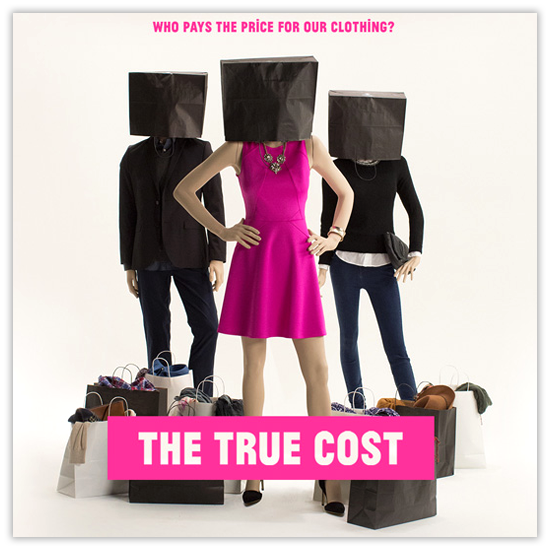
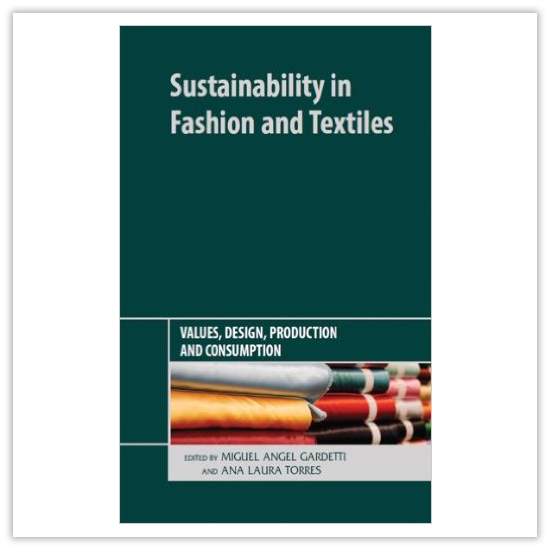

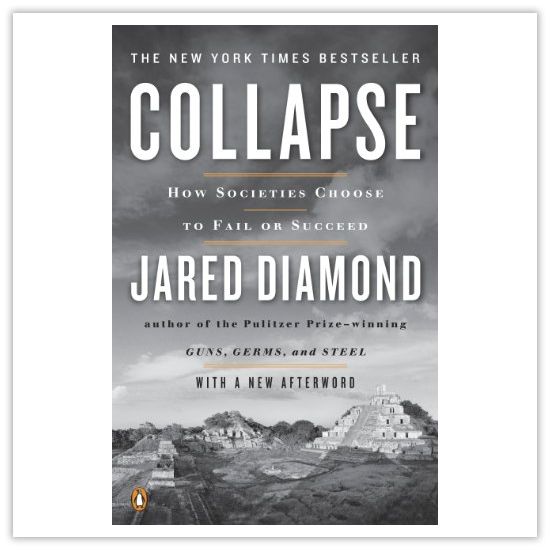
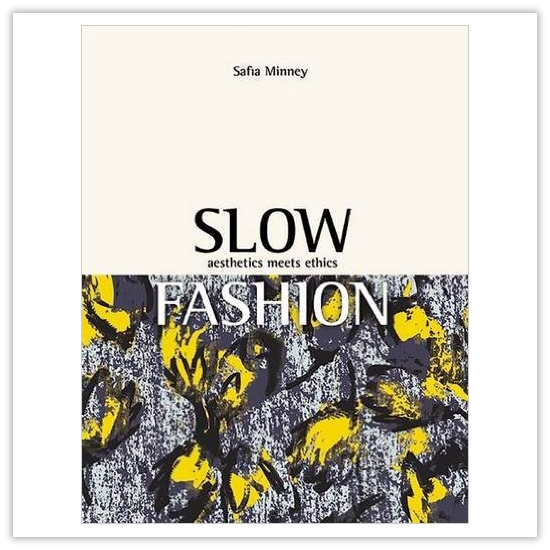
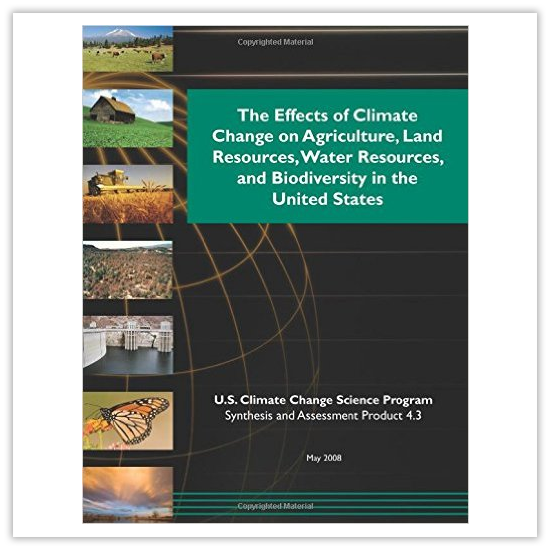
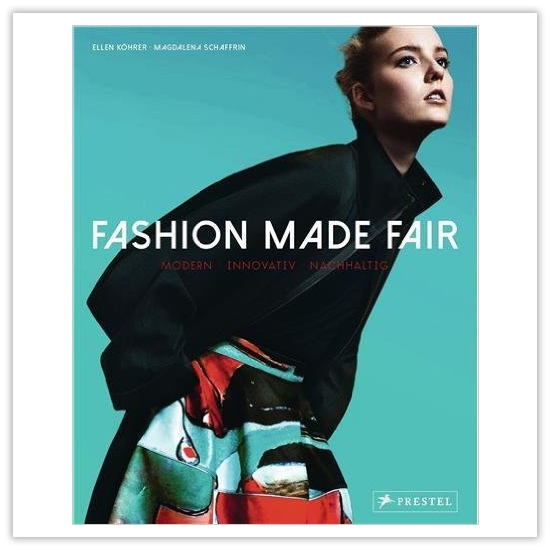
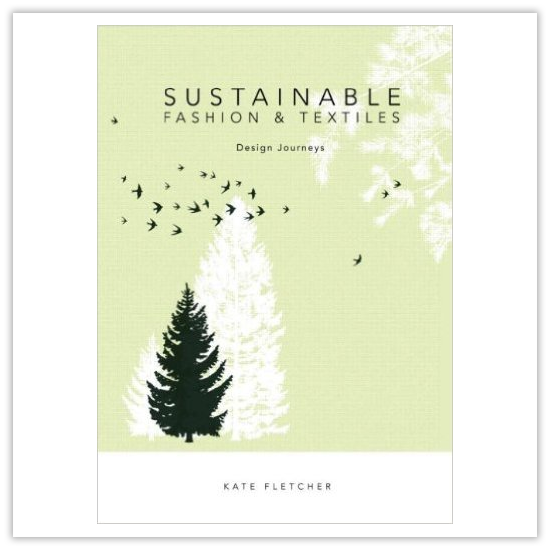
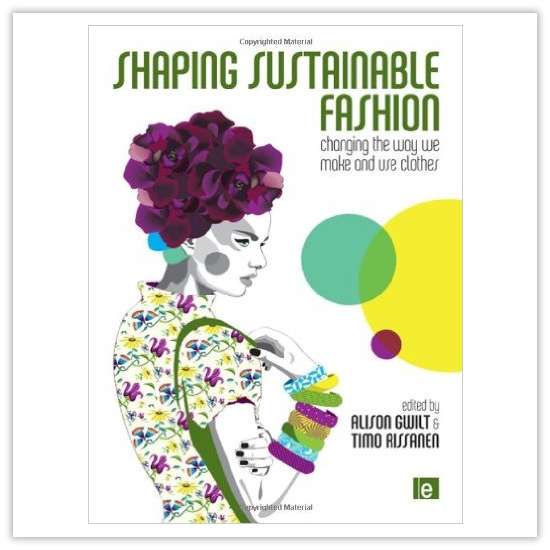
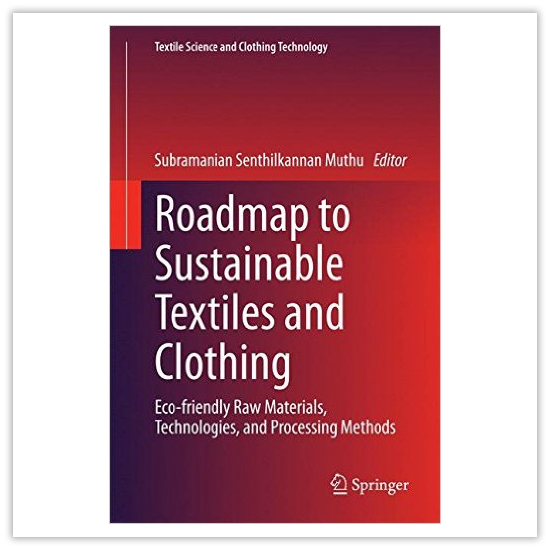
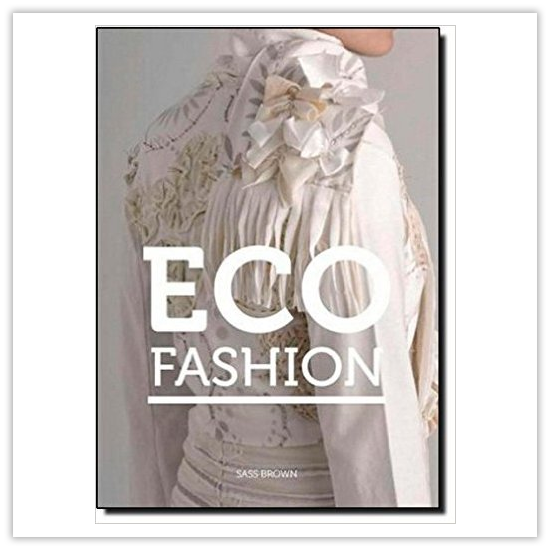
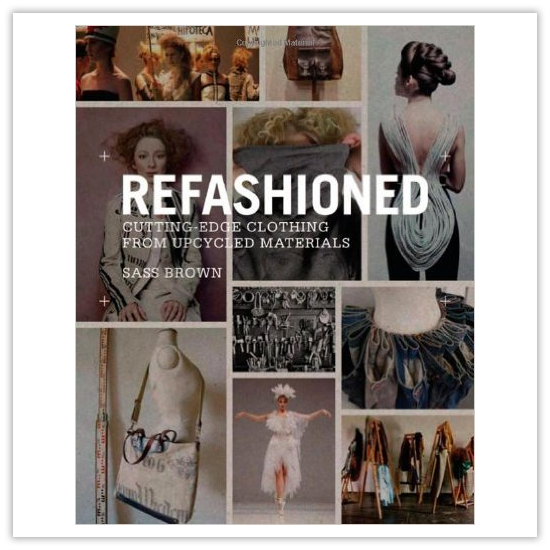
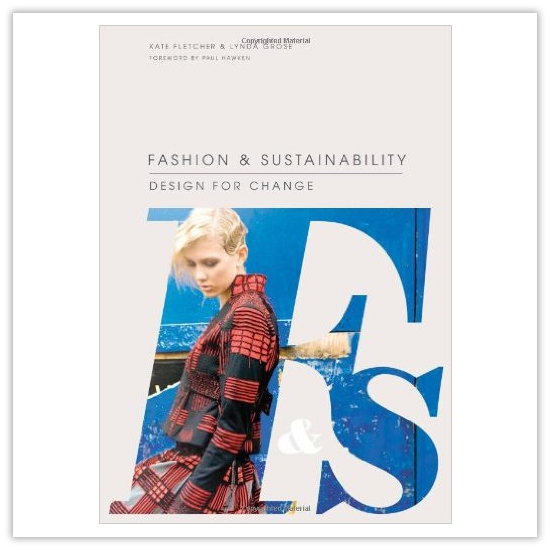
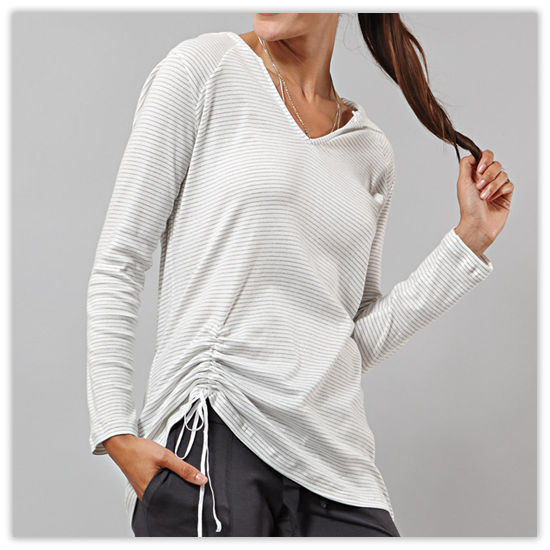
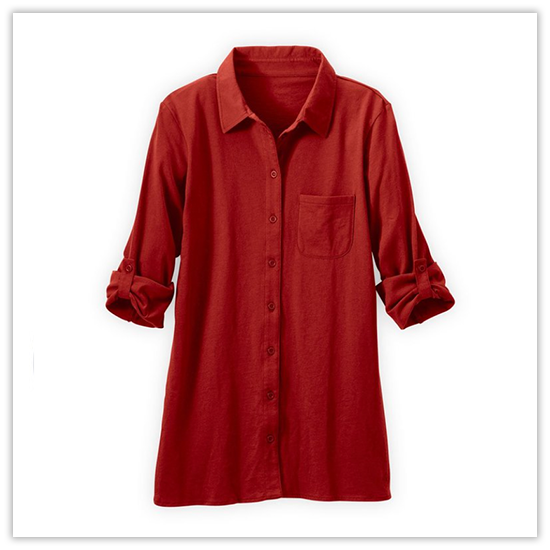




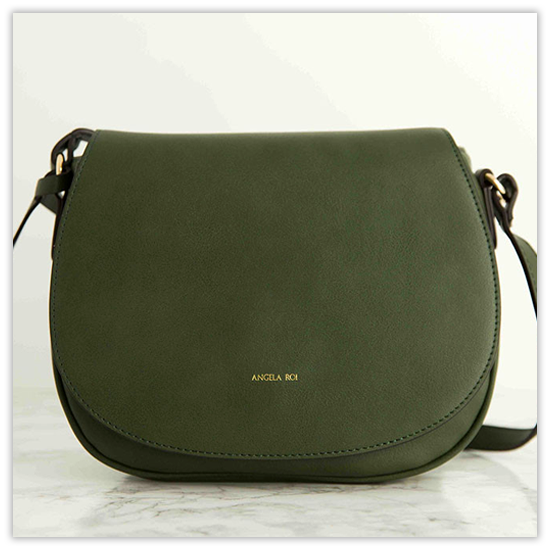
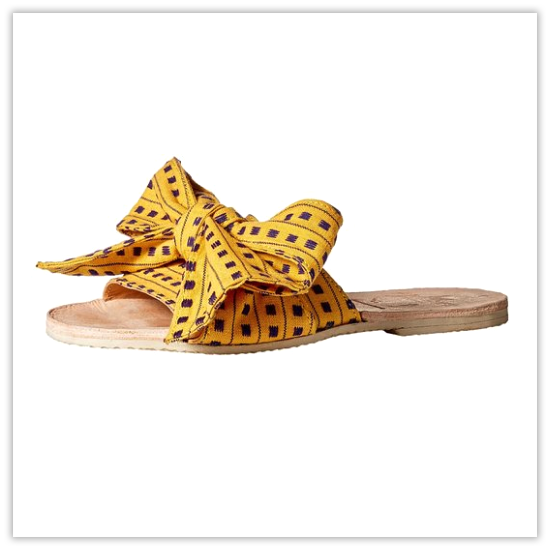

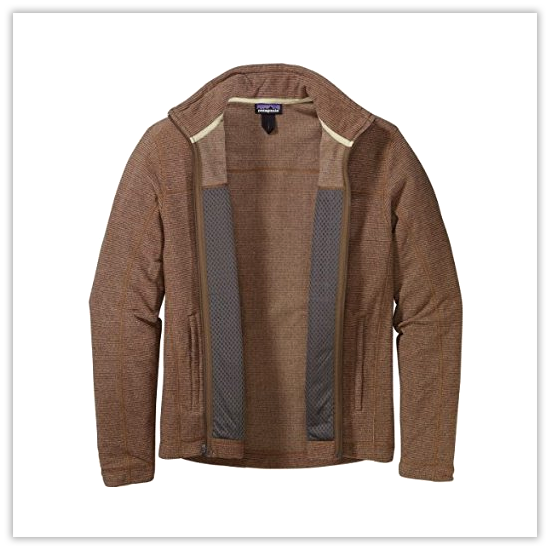
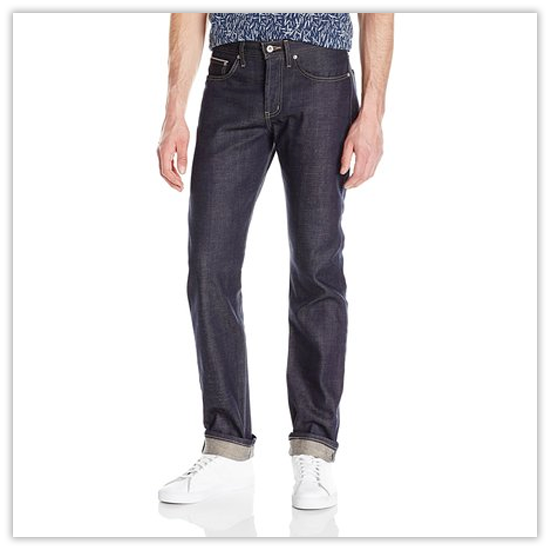
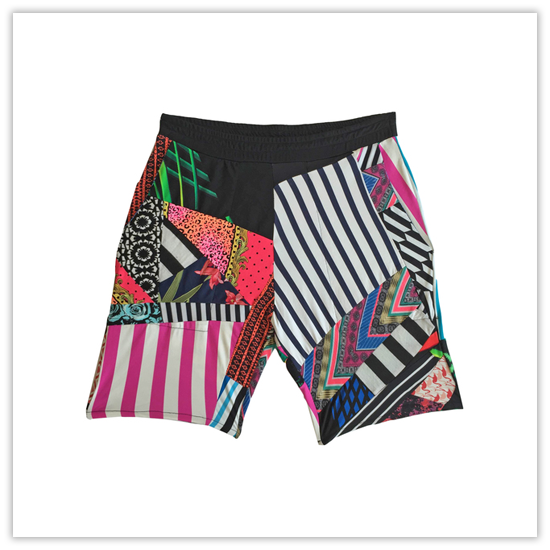
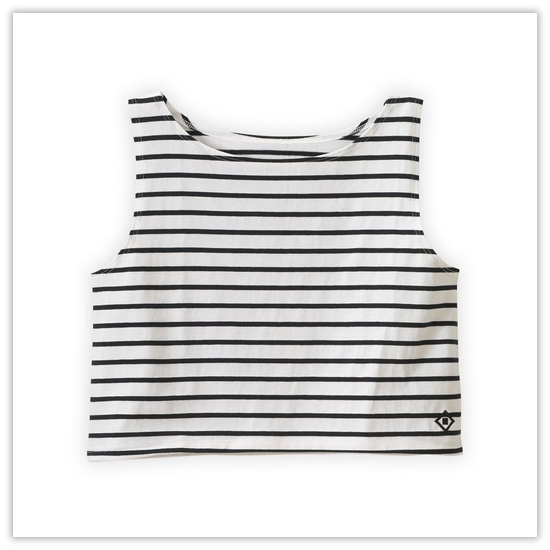

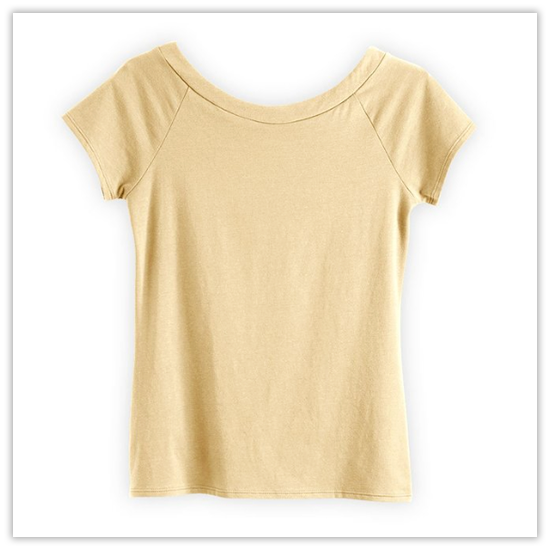
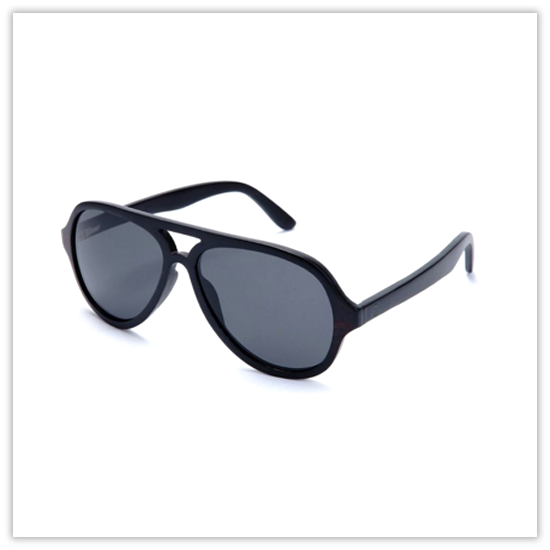

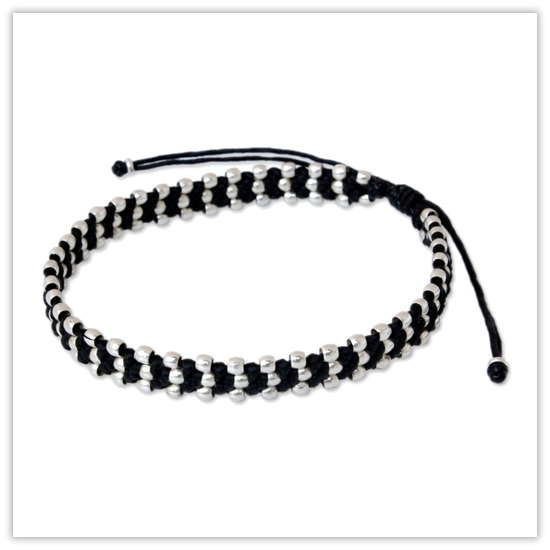
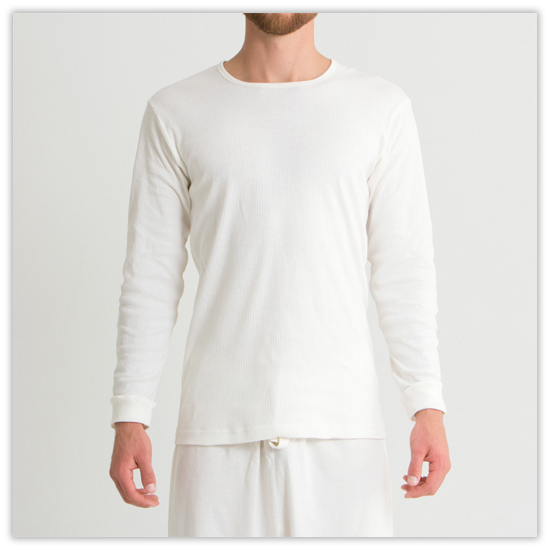
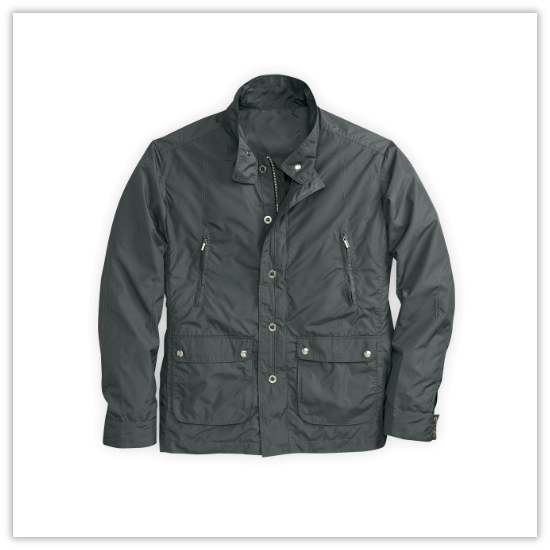
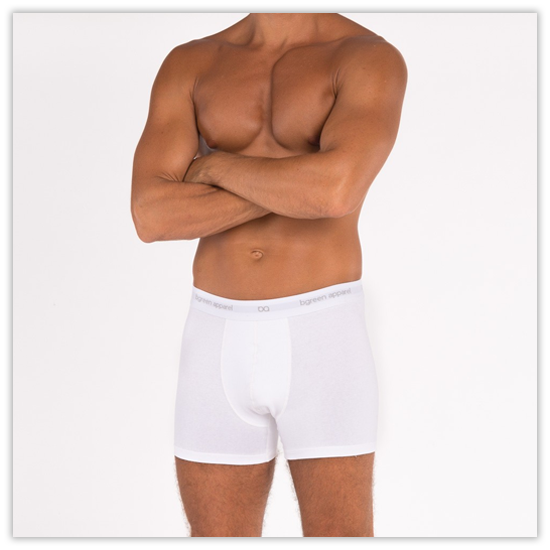
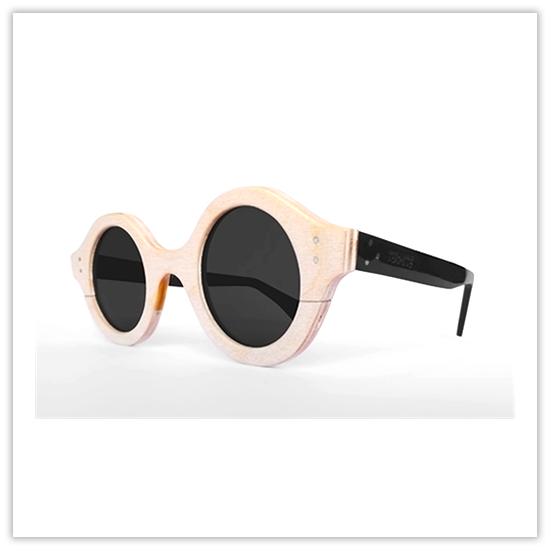

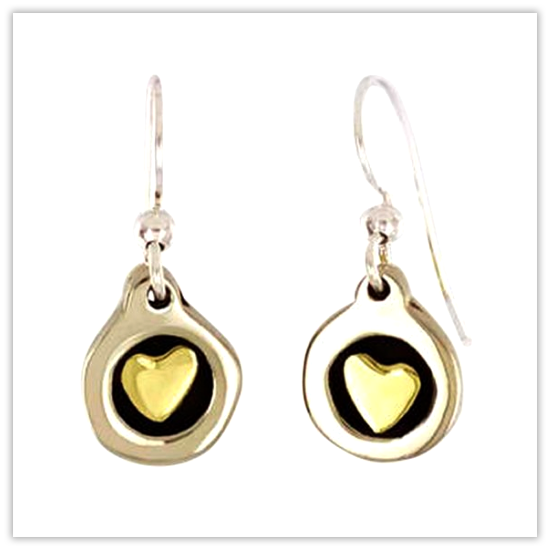
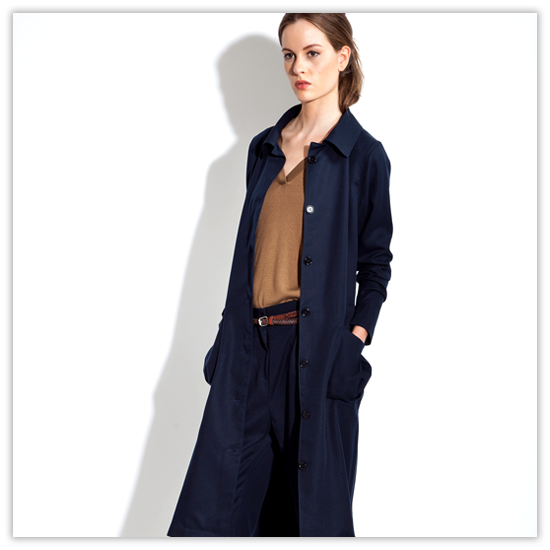
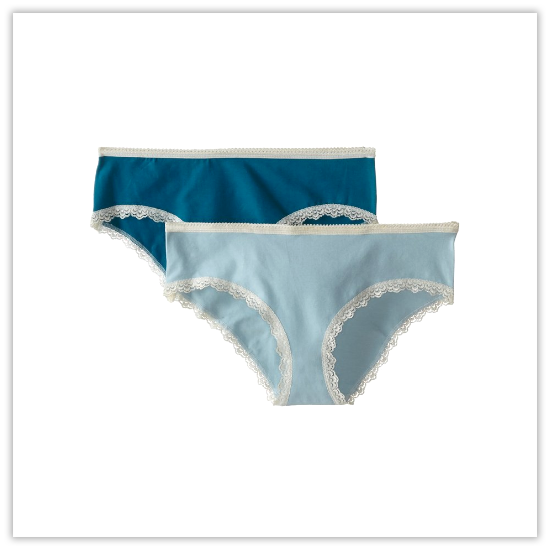

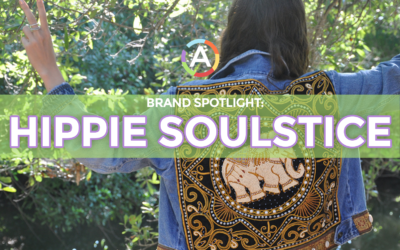
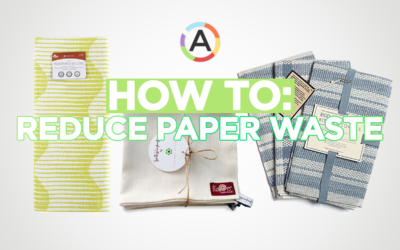

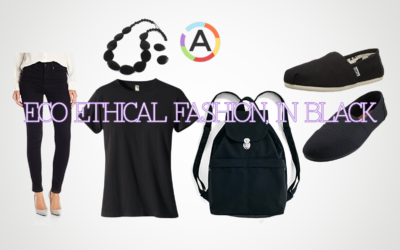

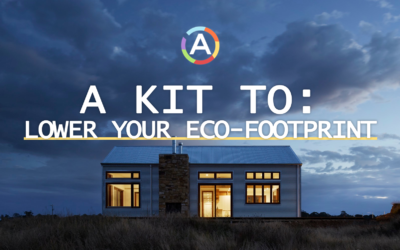

You should add this in somewhere, it’s super interesting:
https://apps.npr.org/tshirt/#/title
This guide is seriously amazing. These clothes are gorgeous and I love these videos. I can’t read some of the research articles though ?
Thank you, Emily! That’s great to hear coming from a fellow student. Not sure why you can’t access them if you’re a student, perhaps your university isn’t a member of that academic journal. Which one were you interested in – maybe we can help?
Does your website have a contact page? I’m having a tough time locating it but, I’d like to shoot you an e-mail. I’ve got some ideas for your blog you might be interested in hearing. Either way, great site and I look forward to seeing it develop over time.
Hi Mammie, we’d be happy to hear your thoughts. There’s a contact form on the bottom of our “About” page (menu>>about). Let us know if you have anymore questions.